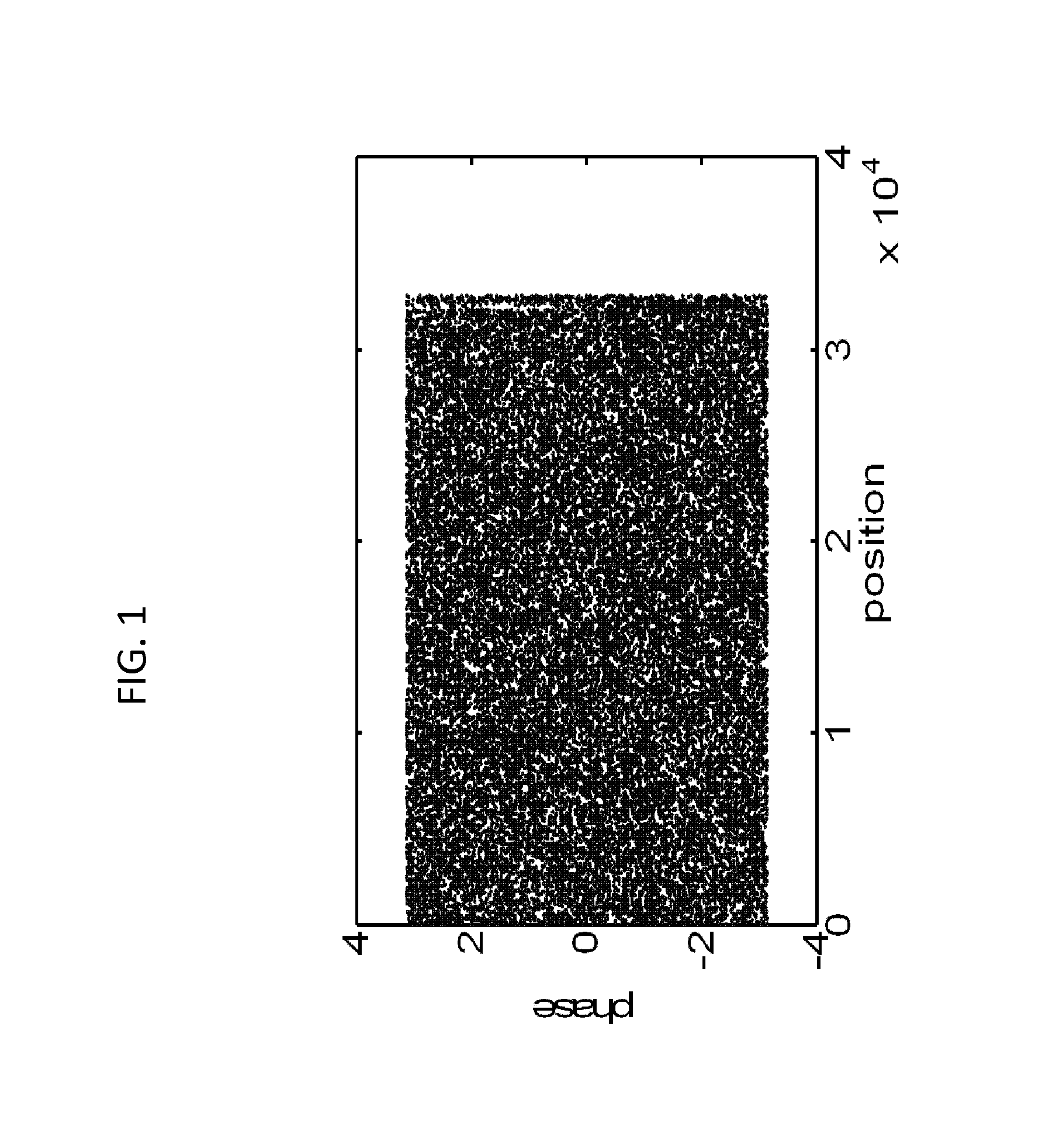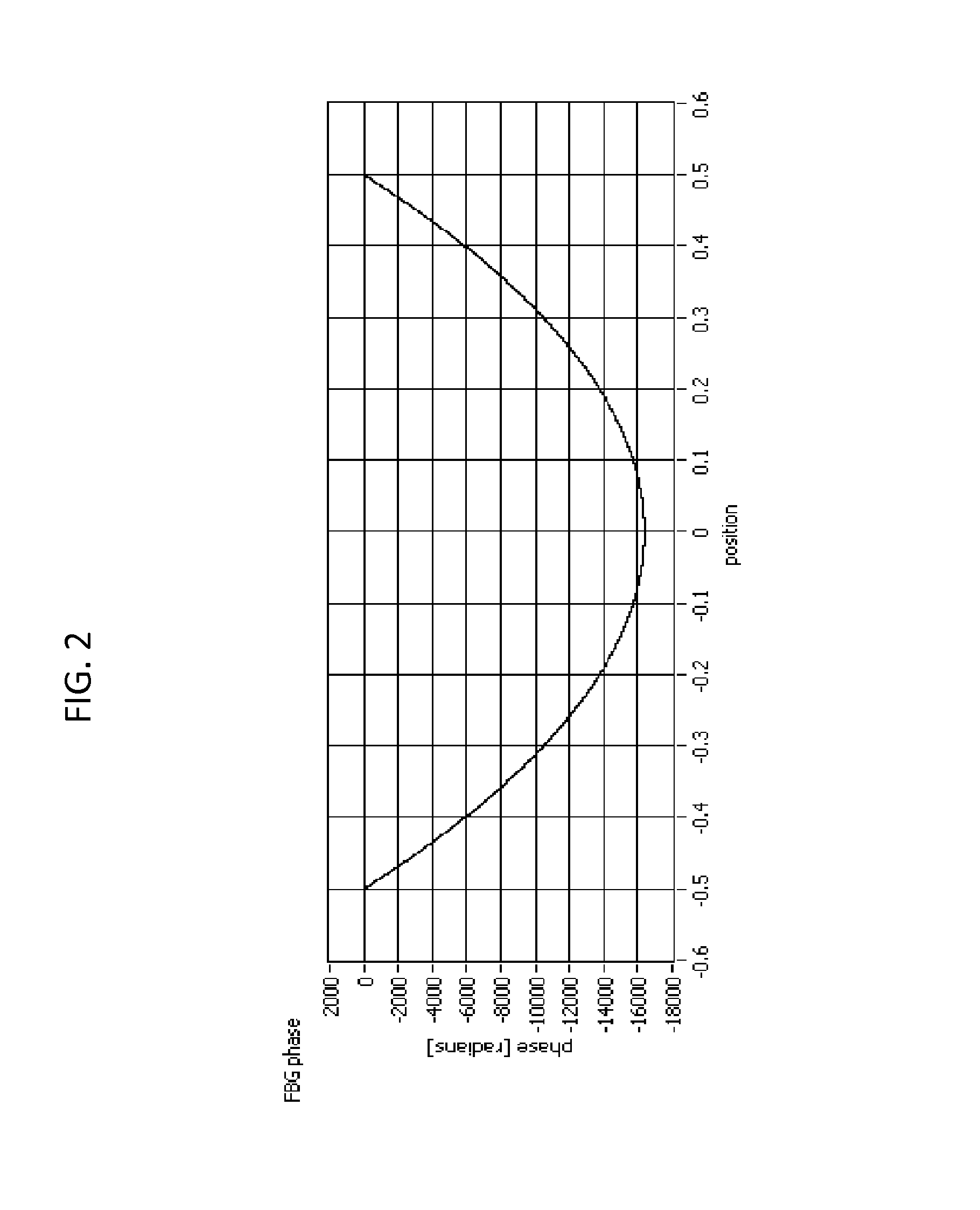Optical sensing system for determining the position and/or shape of an associated object
a position and/or object technology, applied in the field of minimally invasive healthcare procedures, can solve the problems of poor spatial resolution, low signal strength, easy breakage, etc., and achieve the effects of improving the shape and/or position sensing system, and reducing the risk of injury
- Summary
- Abstract
- Description
- Claims
- Application Information
AI Technical Summary
Benefits of technology
Problems solved by technology
Method used
Image
Examples
Embodiment Construction
[0058]FIG. 10 shows a schematic illustration of an optical position and / or shape sensing system 1 according to the present invention. The optical sensing system 1 is adapted for determining the position and / or shape of an associated object O. The system comprises one or more optical fibers 10 for spatial fixation on, in, or to said associated object O, each optical fiber having one or more optical fiber cores, cf. FIG. 11 and forwards.
[0059]Furthermore, a plurality of optical fiber cores, not shown here, have one or more fiber Bragg gratings (FBG) extending along the full length of said optical fiber cores where the position and / or shape is be to determined of said object O.
[0060]A reflectometer REFL 12 is optically connected, e.g. via auxiliary optical fiber 11 adapted for that purpose, to said one or more optical fibers 10, the reflectometer 12 being optical arranged for measuring the strain at a number of sampling points along the plurality of optical fiber cores. Possibly, more ...
PUM
 Login to View More
Login to View More Abstract
Description
Claims
Application Information
 Login to View More
Login to View More - R&D
- Intellectual Property
- Life Sciences
- Materials
- Tech Scout
- Unparalleled Data Quality
- Higher Quality Content
- 60% Fewer Hallucinations
Browse by: Latest US Patents, China's latest patents, Technical Efficacy Thesaurus, Application Domain, Technology Topic, Popular Technical Reports.
© 2025 PatSnap. All rights reserved.Legal|Privacy policy|Modern Slavery Act Transparency Statement|Sitemap|About US| Contact US: help@patsnap.com



